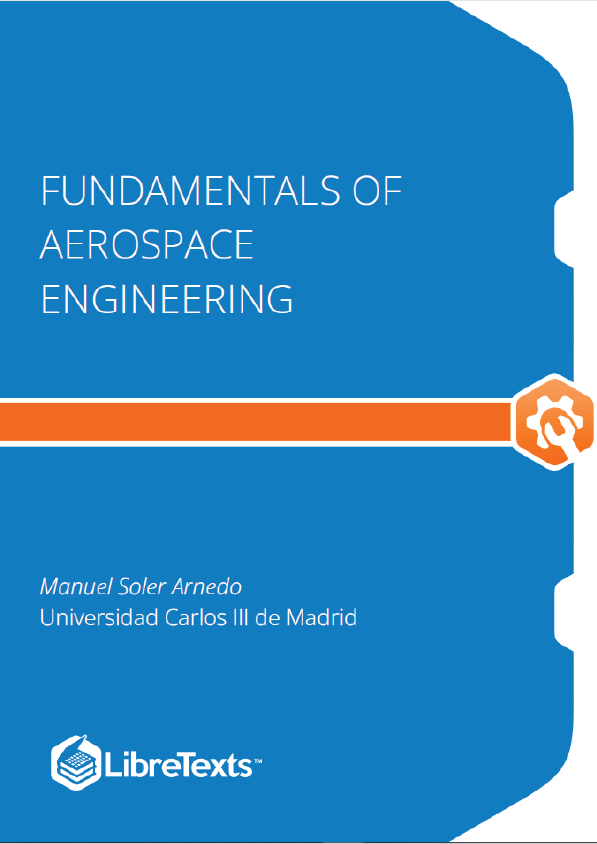1: The Scope
The aim of this chapter is to give a broad overview of the activities related to the field referred to as aerospace engineering. More precisely, it aims at summarizing briefly the main scope in which the student will develop his or her professional career in the future as an aerospace engineer. First, a rough overview of what engineering is and what engineers do is given, with particular focus on aerospace engineering. Also, a rough taxonomy of the capabilities that an engineer is supposed to have is provided. Second, the focus is on describing the different aerospace activities, i.e., the industry, the airlines, the military air forces, the infrastructures on earth, the research institutions, the space agencies, and the international organizations. Last but not least, in the believe that research, development, and innovation is the key element towards the future, an overview of the current aviation research agenda is presented.
The aerospace industry
The aerospace industry is considered as an strategic activity given that it is a high technology sector with an important economic impact. The Aerospace sector is an important contributor to economic growth everywhere in the world. The european aerospace sector represents a pinnacle of manufacturing which employed almost half a million highly skilled people directly in 2010 and it continuously spins-out technology to other sectors. About 2.6 million indirect jobs can be attributed to air transport related activities and a contribution of around €250 billion (around 2.5%) to european gross domestic product in 2010. Therefore, the aerospace industry is an important asset for Europe economically, being a sector that invests heavily in Research and Development (R & D) compared with other industrial sectors. The aerospace sector is also an important pole for innovation. The aerospace industry accomplish three kind of activities: aeronautics (integrated by airships, propulsion systems, and infrastructures and equipments); space; and missiles. Grosso modo, the aeronautical industry constitutes around the 80-90% of the total activity.
The linkage between research and project-manufacture is essential because the market is very competitive and the product must fulfill severe safety and reliability requirements in order to be certified. Thus, it is necessary to continuously promote the technological advance to take advantage in such a competitive market.
The quantity of units produced a year is rather small if we compare it with other manufacture sectors (automobile manufacturing, for instance). An airship factory only produces tens of units a year; in the case of space vehicles the common practice is to produce a unique unit. These facts give a qualitative measure of the difficulties in automating manufacturing processes in order to reduce variable costs. The governmental intervention comes from different sources.
First, directly participating from the capital of the companies (many of the industries in Spain and Europe are state owned). Indirectly, throughout research subsides. Also, as a direct client, as it is the case for military aviation. The fact that many companies do not have the critical size to absorb the costs and the risks of such projects makes common the creation of long-term alliances for determined aircrafts (Airbus) or jet engines (International Aero Engines or Eurojet).











